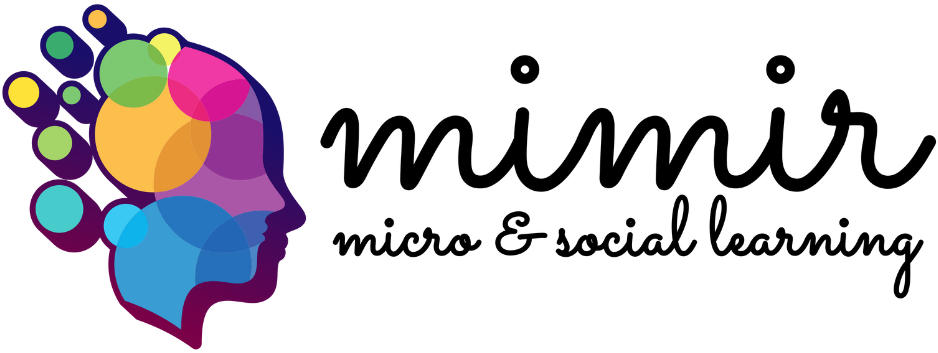Comprehensive Guide to Geological Exploration: Techniques and Tools

Understanding Geophysical and Geochemical Surveys
Geophysical and geochemical surveys are essential techniques used in various industries, including mining, environmental studies, and oil exploration. These surveys provide valuable insights into the composition and characteristics of the Earth’s subsurface, helping experts make informed decisions.
Geophysical surveys involve measuring the physical properties of the Earth, such as its magnetic, electrical, and gravitational fields. By analyzing these properties, geophysicists can map subsurface features like rock layers, mineral deposits, and groundwater resources.
On the other hand, geochemical surveys focus on analyzing the chemical composition of rocks, soil, water, and vegetation. This helps in understanding the distribution of elements and minerals in a particular area, giving important clues about geological processes and environmental conditions.
Understanding the results of geophysical and geochemical surveys can lead to significant discoveries, such as identifying mineral deposits, assessing groundwater quality, or evaluating environmental contamination. These surveys play a crucial role in resource exploration, land development, and environmental protection.
Overall, mastering the concepts behind geophysical and geochemical surveys is vital for professionals working in earth sciences, mining, and environmental sectors. By leveraging the insights gained from these surveys, experts can better navigate the complexities of the Earth’s subsurface and make sustainable decisions for the future.
The Importance of Topographic Mapping in Mineral Exploration
Key Insights and Strategies
Topographic mapping plays a crucial role in mineral exploration by providing detailed information about the surface features of the earth. This mapping technique helps identify terrain variations, geological structures, and potential mineral deposits.
By utilizing topographic maps, geologists and exploration teams can plan their fieldwork more effectively, target specific areas with high mineral potential, and minimize exploration risks.
Step-by-Step Guide
- Step 1: Use advanced technology like LiDAR to create high-resolution topographic maps.
- Step 2: Analyze the topographic data to identify geological formations that are indicative of mineralization.
- Step 3: Combine topographic mapping with geophysical surveys for a comprehensive understanding of the subsurface geology.
Advancements in Mineral Resource Estimation Techniques
Mineral resource estimation techniques have seen remarkable advancements in recent years, revolutionizing the mining industry. Geostatistical methods, machine learning algorithms, and artificial intelligence tools are now being employed to enhance the accuracy and efficiency of mineral resource estimation.
Geostatistical Approaches
Geostatistics plays a key role in modeling spatial variability in mineral deposits, providing insights into the distribution of key elements. Techniques like kriging, conditional simulation, and multiple-point statistics have enabled geologists to create detailed ore body models with higher precision.
Machine Learning in Resource Estimation
Machine learning algorithms are increasingly used to analyze large datasets and identify patterns that traditional methods may overlook. By training models on historical data, mining companies can predict and estimate mineral resources more effectively, leading to optimized exploration strategies.
Role of Artificial Intelligence
Artificial intelligence is transforming mineral resource estimation by automating tasks such as data analysis, interpretation, and modeling. AI-powered systems can handle complex geological data sets, enabling geologists to focus on decision-making and strategy development, ultimately streamlining the resource estimation process.
Integration of Remote Sensing Technologies
Advancements in remote sensing technologies, such as drones and satellite imagery, are enhancing the collection of geological data. By integrating these technologies with traditional fieldwork and data analysis techniques, mining companies can improve their resource estimation accuracy and reduce exploration costs.
Frequently Asked Questions (Q&A)
Q: What’s the biggest challenge with Borehole Logging and Core Analysis for Accurate Geological Model Validation?
A: One of the significant challenges faced in borehole logging and core analysis for geological model validation is ensuring the accuracy and reliability of the collected data. Lack of standardized procedures, data interpretation complexities, and the need for specialized expertise can make the process challenging.
Q: How can I make Borehole Logging and Core Analysis for Accurate Geological Model Validation more effective?
A: To enhance the effectiveness of borehole logging and core analysis, focus on comprehensive data collection using advanced technologies, follow industry best practices for analysis and interpretation, collaborate with geoscientists and engineers, and leverage software solutions for streamlined data processing and model validation. Regular calibration and quality checks are also crucial for optimizing results and ensuring a reliable geological model.





